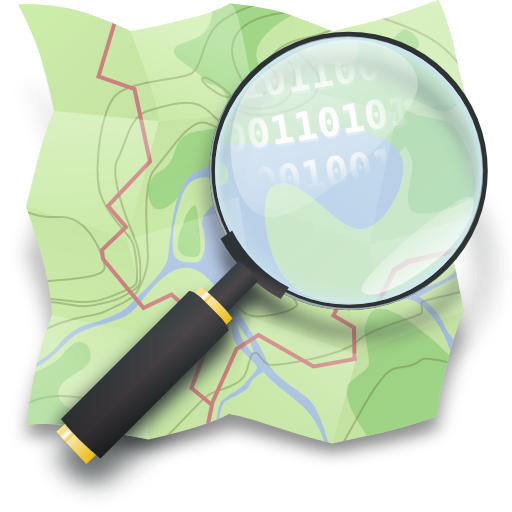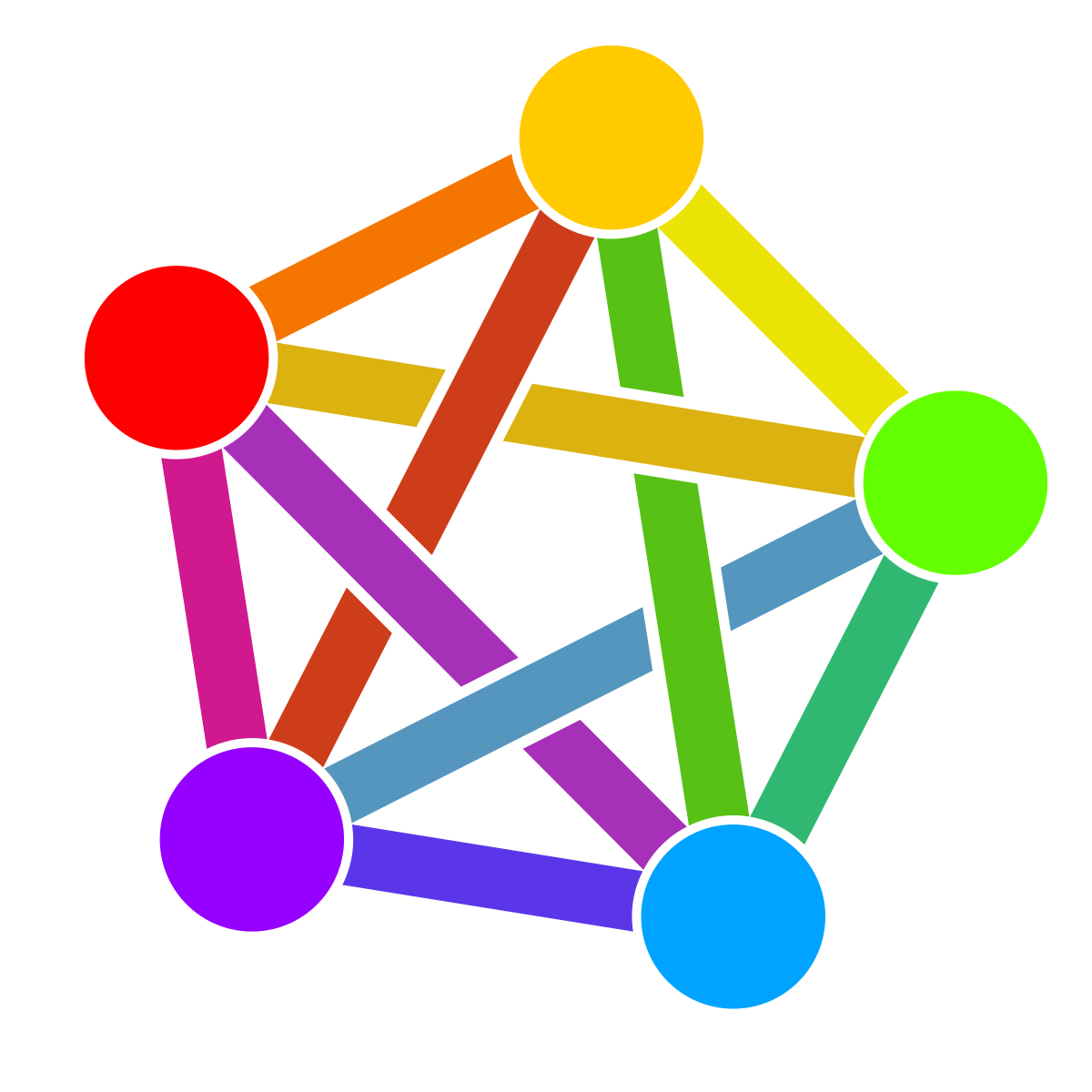

I assume that nothing will change for contributors, as vector tiles only replace the existing renderer.
For users this will allow better zooming and customization of the rendered map.


I assume that nothing will change for contributors, as vector tiles only replace the existing renderer.
For users this will allow better zooming and customization of the rendered map.
I used VLC in the past but switched to the simple music player after having too many bugs and crashes with VLC on my phone.
One alternative are monadic types like result or maybe, that can contain either a value or an error/no value.
Maybe, but nuclear cargo ships were tried before (e.g. NS Savannah, Otto Hahn) and failed because they were too expensive.)


I recently spent some time optimizing a small Julia program I wrote that generates a lookup table of brainfuck constants. Because it only needs to run once, I originally didn’t care about performance when I originally wrote it (and the optimization was mostly for fun).
I achieved an ~100x improvement by adding types, using static arrays and memoization. In the end, the performance was mostly limited by primitive math operations, I tried using multiple threads, but any synchronization destroyed the performance.
However, the most impressive thing was the ability of Julia to scale from dynamically typed scripting language to almost a compiled language with minimal changes to the code.
Having the commands listed at the bottom by default is one thing i personally dislike about nano, because they take up space while being useless to someone knowing the commands (or at least knowing how to open the help in, which is what you can do in vim to achieve the cheat sheet). The alternative that vim uses, is to show the commands when starting the editor without opening a file.


I personally would not take it out, “unused” RAM will be used by the OS as e.g. disk cache, or you could have a fairly large ramdisk.


I think a tag system as suggested by others makes the most sense, as NSFW and NSFL aren’t mutually exclusive.
I don’t really have a single favorite a language, if I am able to choose freely it depends on the task.
These shortcuts aren’t provided by the terminal or the shell but the readline library (or zle if you use zsh), which can be configured using the ~/.inputrc file.
Easyeffects is great, or use the eq built in to pipewire to avoid an additional dependency: wiki.archlinux.org/title/PipeWire#Systemwide_parametric_equalization
I don’t know of one, but why not install gnome on Mint (or Debian)?


I exclusively use podman instead of docker at work and at home and haven’t encountered any unsolvable problems.
I genuinely don’t know if scratch is the right choice or a simple text based language would be better, especially for the older kids. Just from my personal experience, I started programming in BASIC at 12 and don’t think I would have had as much fun and continued programming if i had used scratch instead.
You don’t even need to look at the extension to identify most file formats, as there are unique magic numbers stored at the beginning of most (binary) formats. Only when a single binary format is reused to appear as two different formats to the user, e.g. zip and cbz are extensions relevant. This is how the file command and most (?) Linux file explorers identify files, and why file extensions are traditionally largely irrelevant on Linux/Unix.
This means your idea of suggesting software based on the file type is even more practicable than you described.


It should be possible using the address overlay in the app. Otherwise you could leave a note or use the web based editor on the OSM homepage.
Keeping the details about vim in the extras is what I would do as well, but I would definitely tell the students that vim and vi exist, because they are the only editors available on many systems.
I would consider that ifconfig is deprecated on many distros and would therefore teach about iproute2 (mostly the ip and ss commands) instead. Additionally I would consider editing files essential, even if it is with nano.
Maybe mention more modern and simpler help tools like tldr, as they could be even more useful to beginners.
To introduce the shell and utilities, I would try to find a somewhat realistic use case that combines multiple aspects, like analyzing some files or spellchecking instead of simply mentioning every feature one by one.
Thanks, i hadn’t heard oft Factor before, it looks interesting. I’m more of a LISP and FP Person but always wanted to properly learn a stack based language, Factor seems like a nice alternative to Forth for that purpose.
Commercial usage oft the osm data is free, see the OSM license. The article even speculates that they switched from Google maps due to licenses costs.
Of course this doesn’t apply to commercial services that provide e.g. map tiles.